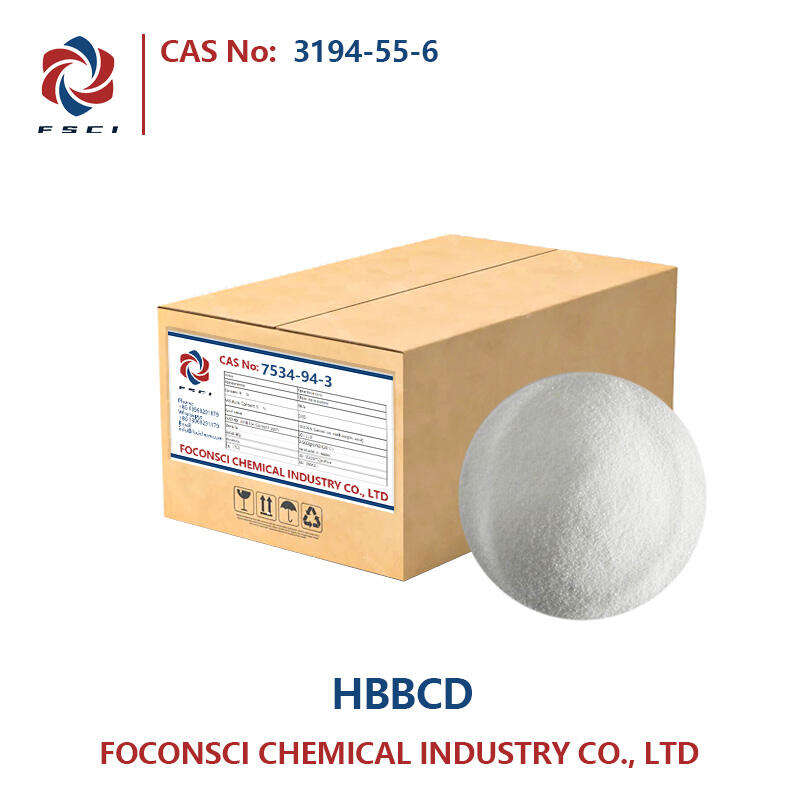One of the key responsibilities of manufacturers in all industry sectors is the protection of the product, particularly the risk of fire. An essential component of this responsibility is the choice of an appropriate flame retardant. This article looks at how to select an effective flame retardant for your products.
1. Understanding Flame Retardants
Flame retardants are substances which are incorporated in combustibles with the aim of restricting or controlling the origin and propagation of flames. These substances are avowedly used in producing clothes, electrical gadgets, furniture and other construction materials. However, it is very important to note that people do not develop all flame retardants as one chemical. They differ in chemical structure, directed purpose, method of application, and level of toxicity among other aspects. Moderation among the varying constructs is the first step towards gaining a responsible comprehension.
2. Assessing the Material Compatibility
The first issue that arises when selecting a flame retardant is its acceptance by the base material. It is self-evident that different materials, such as plastics, or textiles and wood, possess varying attributes and behave differently when subjected to flame retardants. To illustrate, brominated flame retardants work really well with most polymers but might not be applicable to some textiles. Proper tests should be conducted and be sure that the flame retardant will not delaminate your material and affect its performance.
3. Assessing Health and Safety Aspects
Taking into account the health and safety aspects of consumers and workers is a top priority. Flame retardants that produce noxious fumes or are made of harmful substances are very much a health hazard. It can be noted that brominated flame retardants are efficient, however when burnt, it can produce toxic dioxins. Undertake an assessment of health and safety risks for each of the possible flame retardants proposed in the design of the product and also search for evaluation reports in the form of SDSs. Non-toxic options with low smoke generation if applicable should be preferred.
4. Evaluating the Cost-Effectiveness
Cost benefit of flame retardant’s includes purchase cost only but also looks at the broader economic effect over the life of the product. For instance, use of a low-cost additive for minimization of costs may be valid in the short run but in cases where the additive needs to be replaced more often, negatively affects the performance of the product or causes health hazards, the replacement costs will be very high in the long run. Create a comprehensive ROI calculation including all costs to arrive at a sane step.
5. Testing and Quality Assurance
Once the flame retardants that are safe for use in the intended product have been identified in terms of compatibility of materials, their regulatory status, health safety and working efficiency and even their compatibility, it is important to go further to trial and error. Conduct fire tests applicable within your field and measure effectiveness of the flame retarding agents when the situation dictated in practice. Such investigations may include small laboratory evaluation and large site evaluation.
In addition, establish a thorough quality control system that will allow for the effectiveness of flame retardants to be evaluated over time. This encourages the use of flame retardants for a much longer period even when exposed to extreme temperature variations.
6. Consulting Experts and Leveraging Technology
Also, have consultations with fire safety and materials science specialists. These professionals can provide assistance and guidance as you make decisions related to the most appropriate flame retardants. Besides, use technology to model and simulate how flame retardants behave in different conditions and situations.
Conclusion
Getting an applicable flame retardant is not just as simple as picking once the perfect choice. Political, health, material, cost and testing issues need to be thoroughly analyzed. By considering these aspects, you will be left with a choice that guarantees the safety and compliance of your products, thus the protection of your consumers and your brand against damages.


 EN
EN
 AR
AR
 BG
BG
 HR
HR
 CS
CS
 DA
DA
 NL
NL
 FI
FI
 FR
FR
 DE
DE
 EL
EL
 HI
HI
 IT
IT
 JA
JA
 KO
KO
 NO
NO
 PL
PL
 PT
PT
 RO
RO
 RU
RU
 ES
ES
 SV
SV
 TL
TL
 IW
IW
 ID
ID
 LV
LV
 LT
LT
 SR
SR
 SK
SK
 VI
VI
 HU
HU
 TH
TH
 TR
TR
 GA
GA
 CY
CY
 KA
KA
 LA
LA
 MN
MN
 KK
KK
 LB
LB


